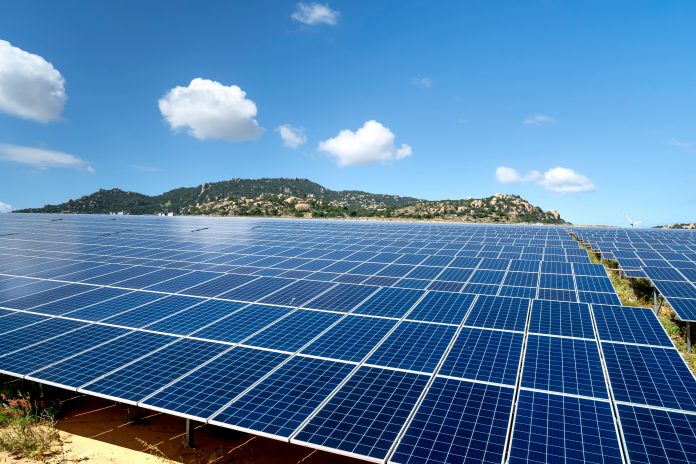
“Reaching the 2025 ambition has been a huge engineering challenge, which we are overcoming.” With these words, Craig Dyke of the National Grid Electricity System Operator in the UK summarized a key reality: the climate emergency is being reworked not only by activism or policy, but by ceaseless technical innovation. The last few years have seen the convergence of enhanced climate predictions, record-setting leaps in clean energy, and the development of revolutionary new technologies each redefining the limits of what is possible in the battle against global warming.
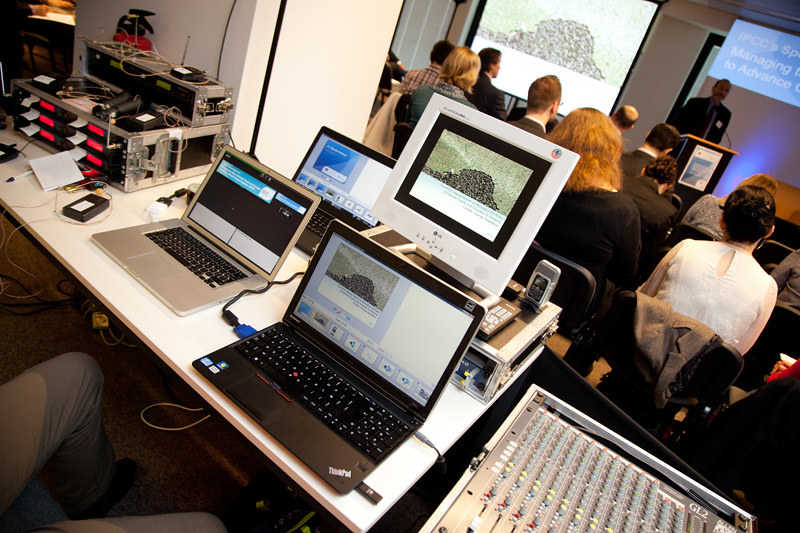
1. A New Climate Outlook: IPCC’s Constricted Warming Projections
The Intergovernmental Panel on Climate Change’s most recent analysis has provided a cautiously hopeful turn. Where previously the worst-case projection exceeded 4.5°C of global temperature increase, the new estimate is 2.5°C to 4°C. And this reassessment is based on enhanced observational evidence and advanced multi-model simulations with a “major reduction in uncertainty” and a best estimate of equilibrium climate sensitivity at 3°C. As the IPCC report puts it, “It is unequivocal that human influence has warmed the atmosphere, ocean and land.” Narrowing projections, however, also indicates not just improved science but actual real-world effects of emissions cuts and technology deployment. Recent advances in global temperature records and the addition of high-resolution models have provided more credible risk assessments and practical climate science.
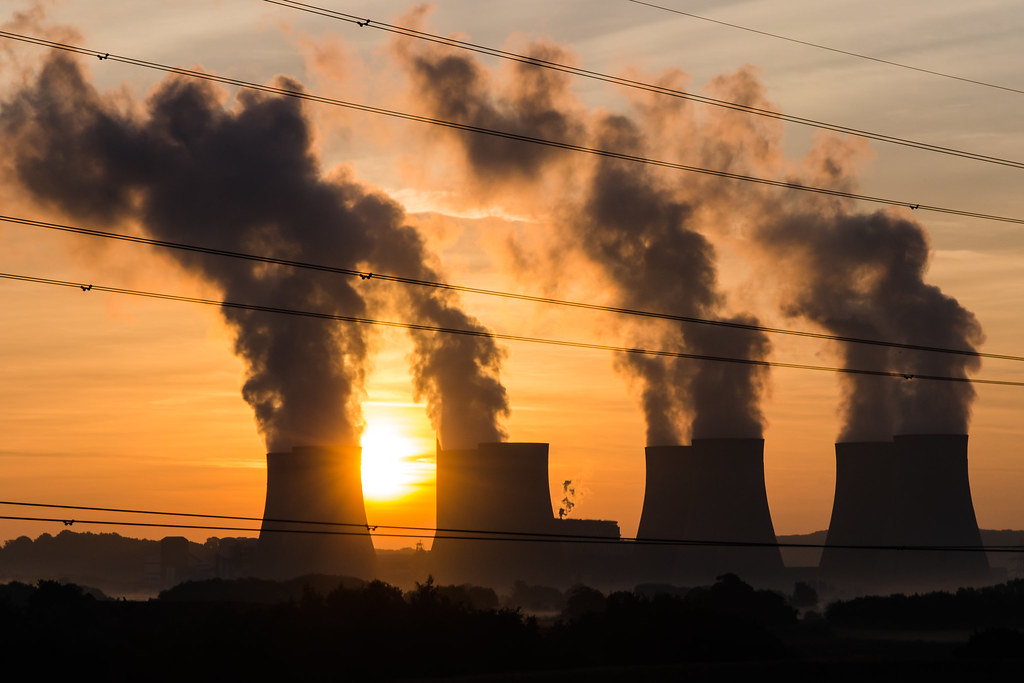
2. The Fastest Energy Transition in History
Nowhere is momentum more visible than in the revolution in the UK’s power supply. In 2009, fossil fuels provided 74% of the country’s electricity; in 2023 it was a mere one third, with renewables hitting 40%. The cost of solar panels has reduced by 90% over the last decade, an incredible fall that has supported widespread take-up and beaten even the most optimistic predictions. The National Grid’s latest milestone running the nation’s electricity network on fossil fuels meeting only 2.4% of demand for a short time is a sign that the grid can be fully decarbonized by 2035. Dyke labeled this as “absolutely groundbreaking and pretty much world leading,” adding that “wind and solar increases mean low-carbon sources are now already adequate to supply 100% of electricity demand in certain intervals.” The technical hurdle has moved from merely creating clean energy to maintaining grid stability and flexibility, with advancements such as synchronous condensers, grid-forming inverters, and enhanced battery storage now becoming key players.
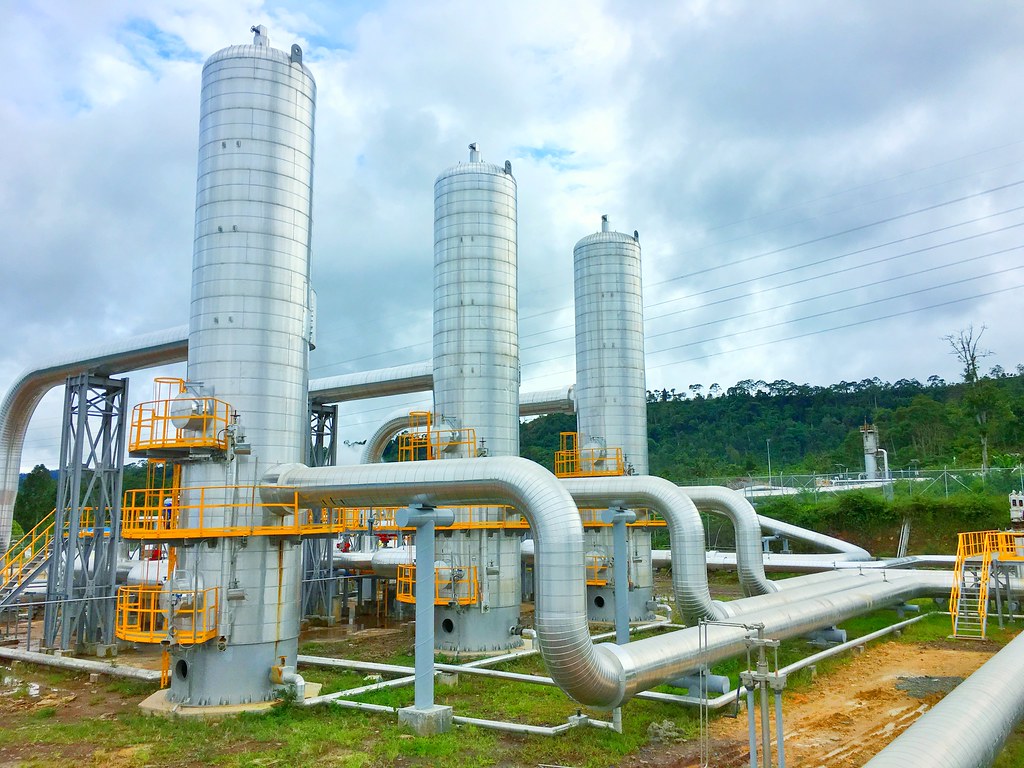
3. Beyond Wind and Solar: The Emergence of Advanced Geothermal
Though wind and solar have set the pace, advanced geothermal systems are shaping the next frontier. Fervo Energy’s recent innovations in enhanced geothermal have turned conventional wisdom on its head after decades. By coupling horizontal drilling and hydraulic fracturing methods perfected in the oil and gas industry Fervo recorded a tenfold improvement in flow rates over past geothermal pilots. Their Utah Cape Station project has already produced more than 10 MW in a 30-day test, and commercial-scale production of as much as 400 MW is the goal by 2028. CEO Tim Latimer said, “Fervo continues to reach technical milestones for geothermal development that experts forecasted to be established decades from now.” They are not only theoretical advances: they are being proven with year-long, consistent production at commercial facilities, and costs dropped by 70% since the company’s initial trials. The Utah FORGE project of the Department of Energy has also reported continuous high-temperature production and encouraging signs for long-term reservoir performance, portending the rapid growth of geothermal’s contribution to the clean energy portfolio.

4. Geoengineering: Promise, Danger, and the Ethics of Stratospheric Aerosol Injection
With the inertia of the world’s current greenhouse gas problem, eyes have turned to more extreme measures. Stratospheric aerosol injection (SAI), the process of injecting sulfur dioxide into the upper atmosphere in order to reflect sunlight back into space, has shifted from being taboo to mainstream discussion. The technical basis is founded upon observations of volcanic eruptions like Mount Pinatubo, which cooled the globe by 0.6°C for more than a year. Supporters such as Dr. David Keith contend that “there is a prima facie moral obligation to research solar radiation management techniques because of its plausible ability to minimize the disproportionate effects the global poor will experience.”
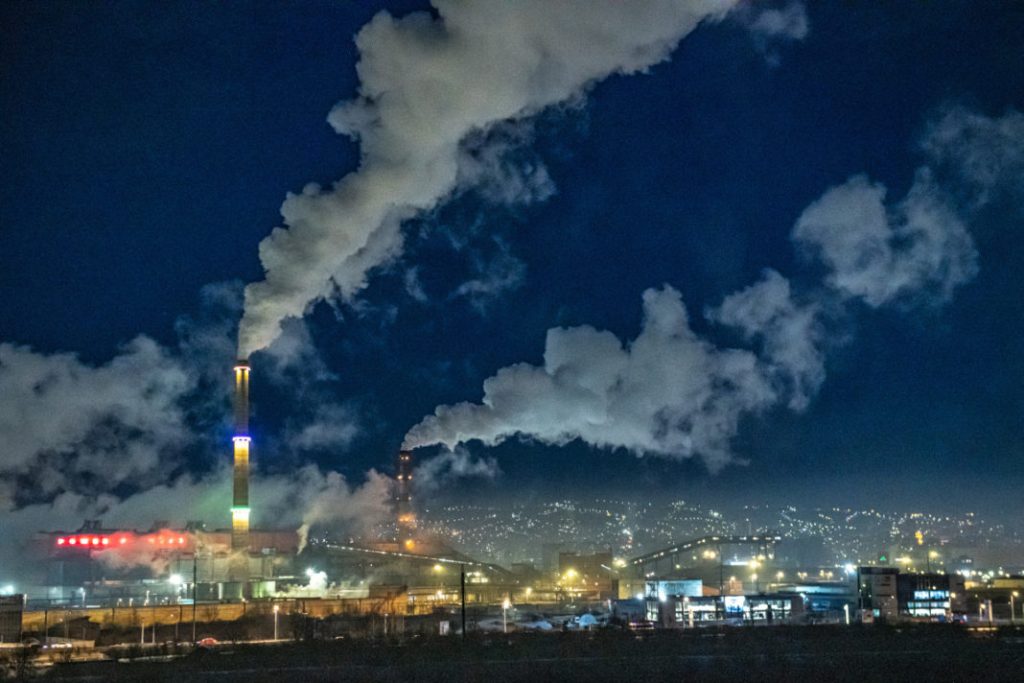
But the risks are daunting: termination shock, regional weather disruption, and possible ozone depletion. The governance gap is as concerning, with no binding international arrangement and the specter of unilateral deployment by powerful nations. As a warning analysis cautions, “The very act of research on SAI evokes the specter of a ‘moral hazard,’ the fear that searching for a technical fix could undermine efforts to curtail greenhouse gas emissions at their source.”
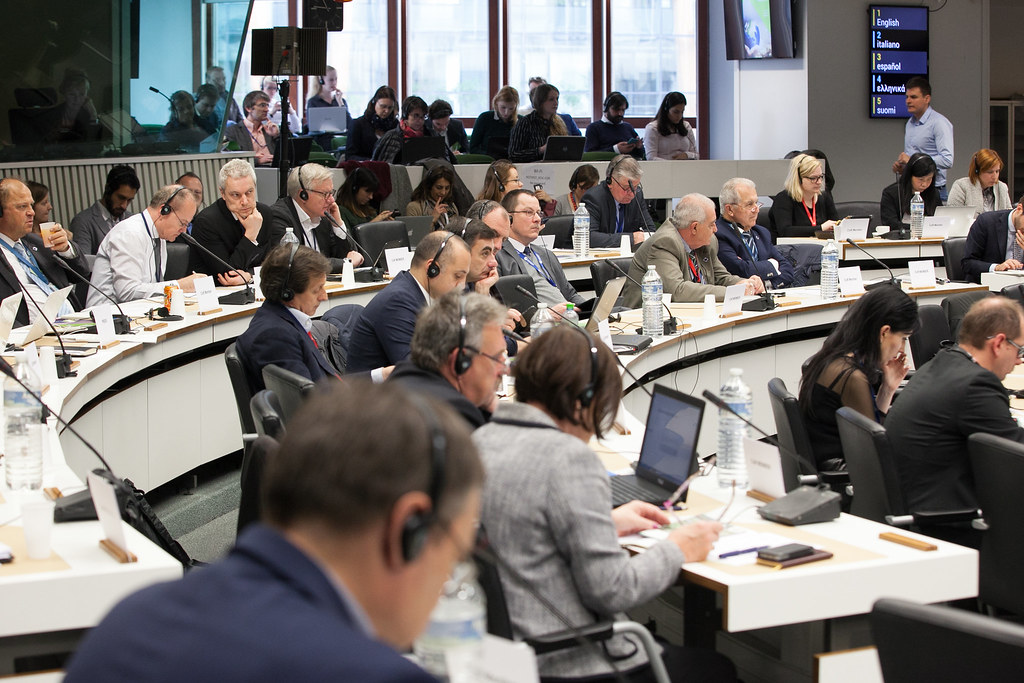
5. The Governance Dilemma: Who Controls the Climate’s Future?
The geoengineering dilemma is both political and ethical. SAI research is scattered, with private philanthropies and several wealthy nations driving the agenda. Indigenous groups and civil society organizations have voiced strong opposition, citing the risk of exacerbating global inequalities and imposing unknown burdens on future generations. The call for a robust, inclusive governance framework is growing louder. As emphasized in current policy reviews, “The future direction of SAI research depends in its entirety on the ethical governing framework we establish today.” The National Academy of Sciences has suggested a $100–200 million research budget for researching both the possibilities and the unforeseen consequences of SAI, emphasizing that “an obligation to investigate is not the same as an obligation to use.”
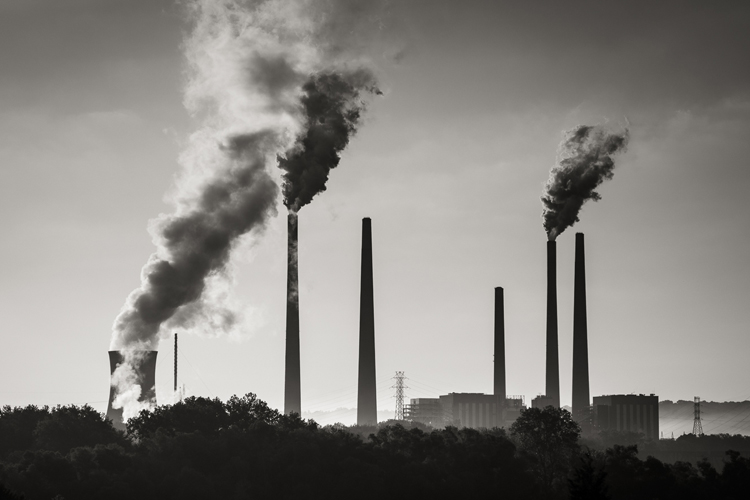
6. Synthetic Fuels and Carbon Capture: The Next Climate Tech Bets
Innovation extends beyond power generation. Terraform Industries, among others, has shown the ability to make synthetic natural gas using sunlight, water, and atmospheric CO2, and with this, a future where fuels are separated from fossil origins. Carbon capture technologies are also moving forward, although energy efficiency is an obstacle. The need, as climate scientist Johannes Ackva points out, is to widen technological solutions from power and transport to industries such as cement and steel: “We need to ensure that we also do it for cement, that we do it for steel, that we do it for long-range transport. But this is not rocket science. This is, in principle, doable.”
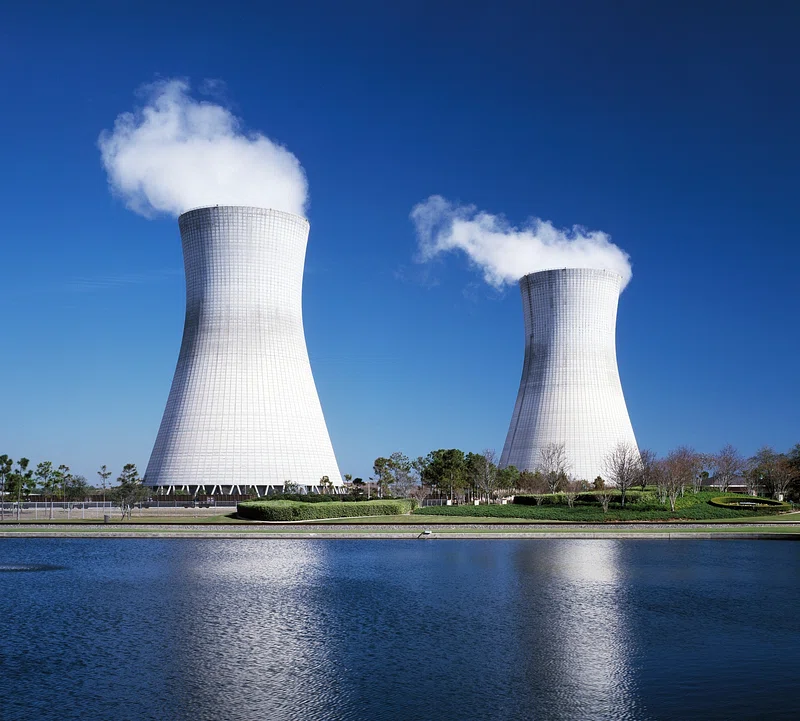
7. The Road Ahead: Big Bets, Big Risks, and the Power of Engineering
The trajectory of climate action is tilting toward solutions that were once unthinkable. Nuclear energy, in spite of public skepticism, is one of the safest forms of large-scale power generation, with mortality rates per electricity unit far lower than coal, oil, or gas. Fusion, next-generation geothermal, and even geoengineering are now “big bets” with the potential to revolutionize the course of global warming. As repeatedly emphasized by the IPCC and other top experts, the speed and form of such a transition will hinge on sustained investment, ambitious policy, and most importantly, the ability of scientists and engineers to produce breakthroughs at scale.

The history of the climate crisis is being rewritten not through resignation or withdrawal, but through the forceful use of science and engineering. The energy transition of the world is not only achievable; it is under way at a pace and scale that few had the courage to forecast. The coming decade will show if mankind can leverage these tools well, so that optimism is accompanied by responsibility and prudence.
